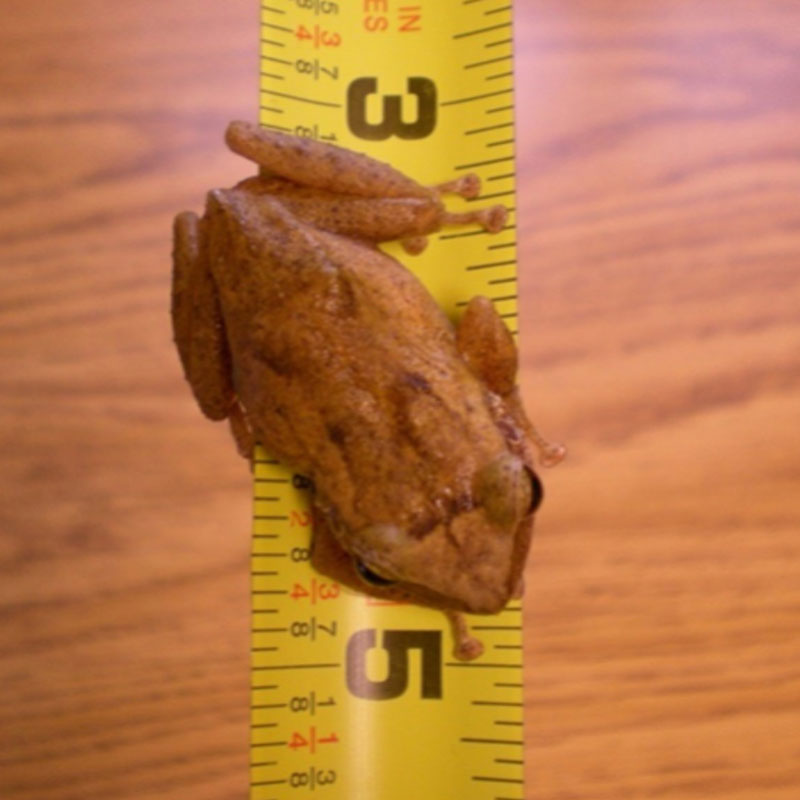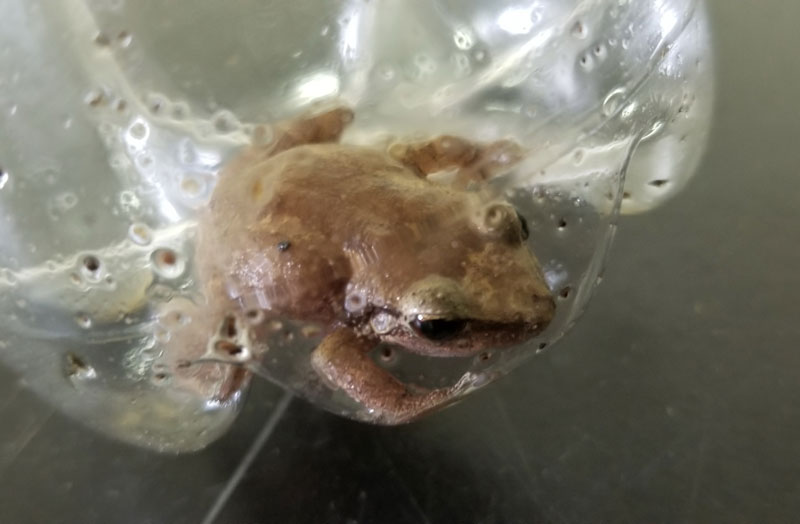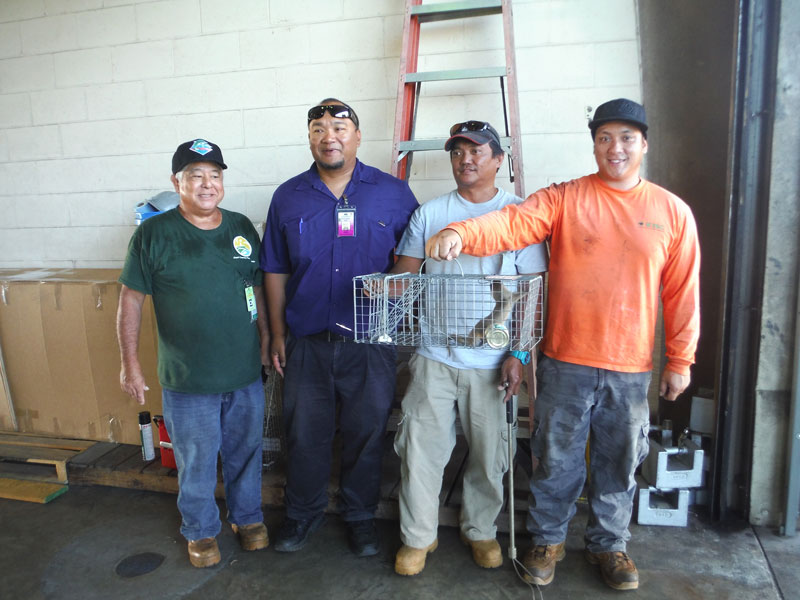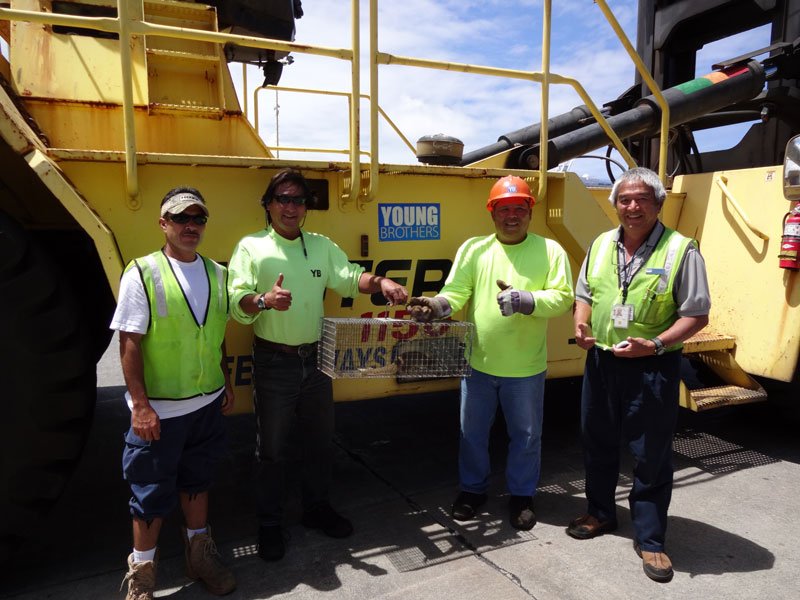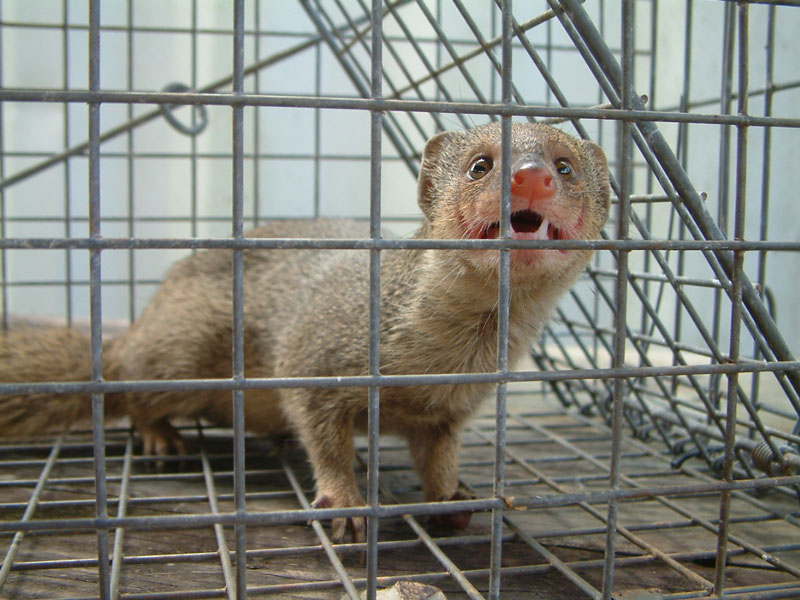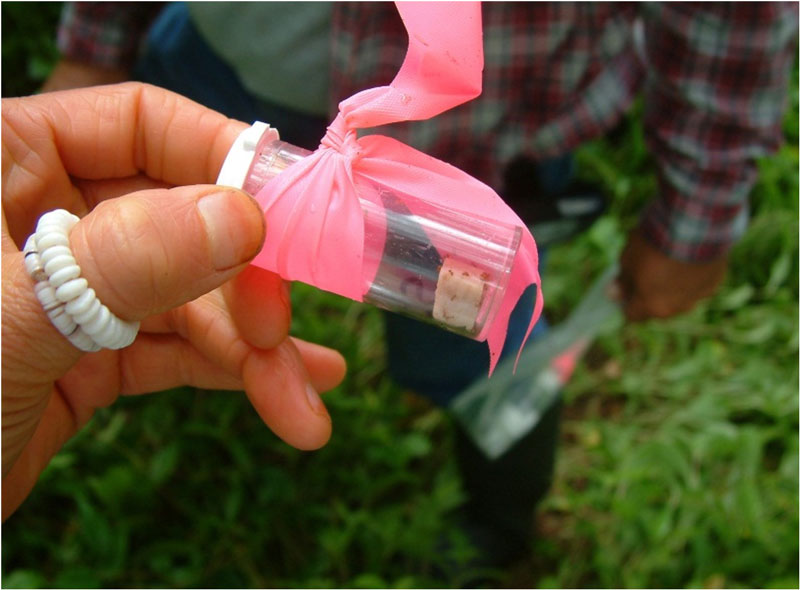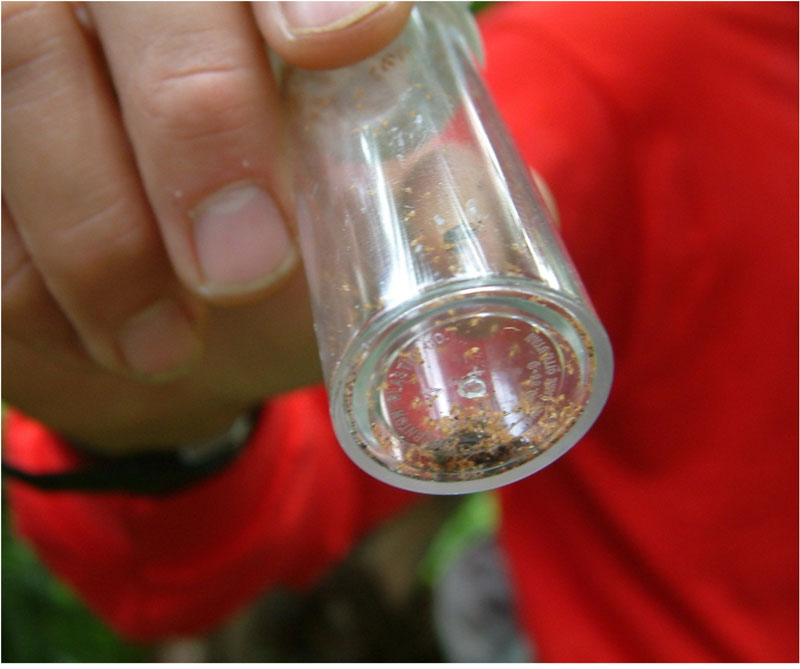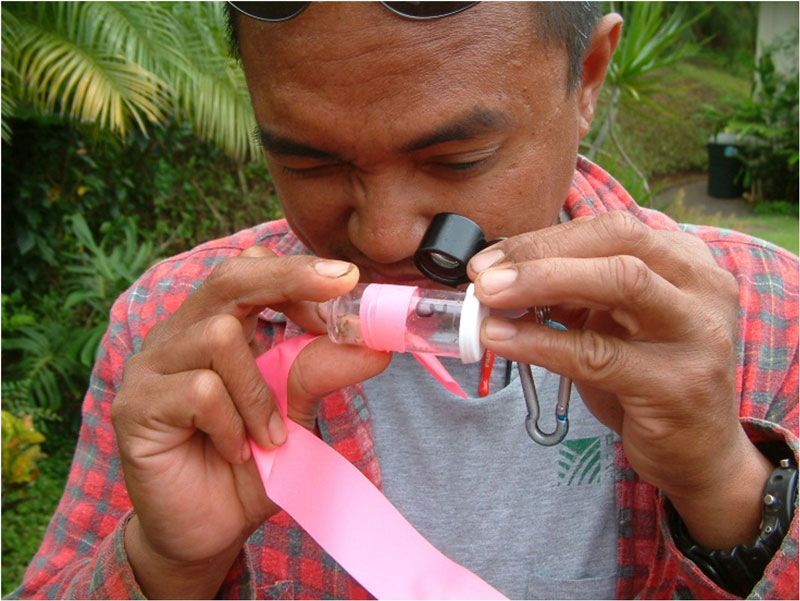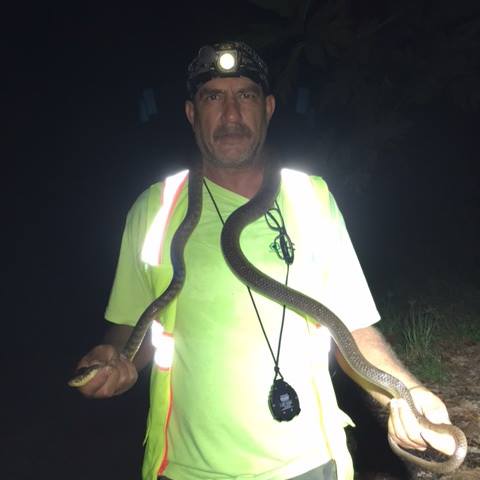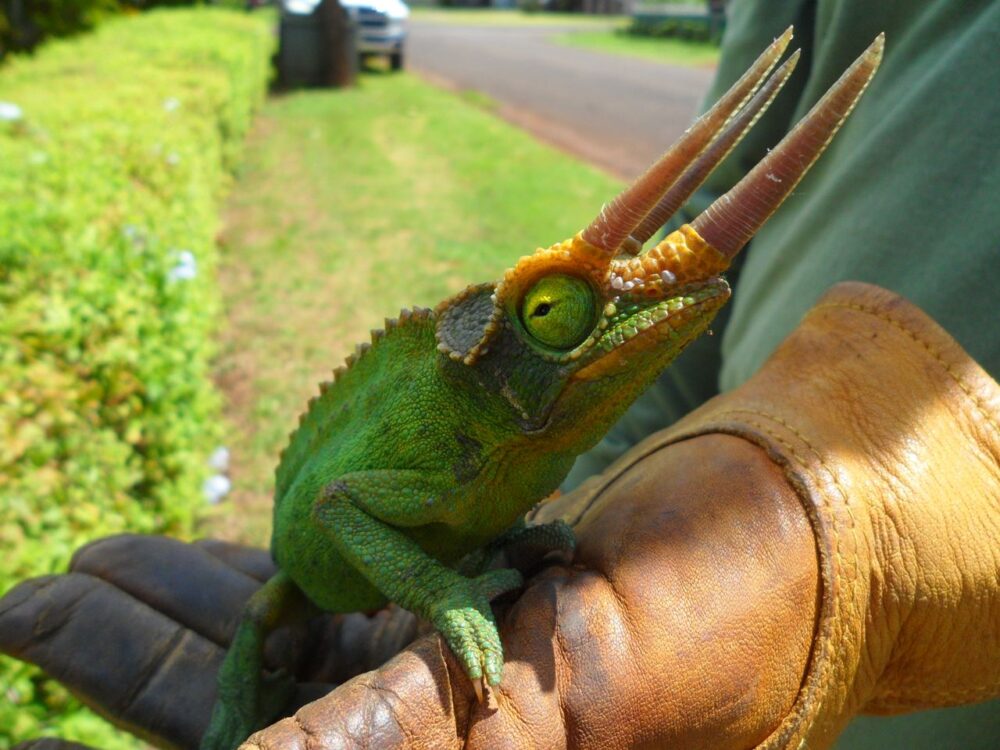
Rapid Response
Despite Kauaʻi’s isolation and statewide biosecurity efforts, there continues to be new introductions of invasive pests to the island. KISC helps supplement existing programs and maintains capacity to respond to these new high-risk incursions. Our Rapid Response program serves a gap filling role and strengthens multi-agency rapid response partnerships to build capacity on Kauaʻi and leverage the limited resources available for invasive species prevention.
We assist partners or act as the primary responder to new introductions of: mongoose, coqui frogs, little fire ants, coconut rhinoceros beetle, brown tree snake, and other high-impact pest species.
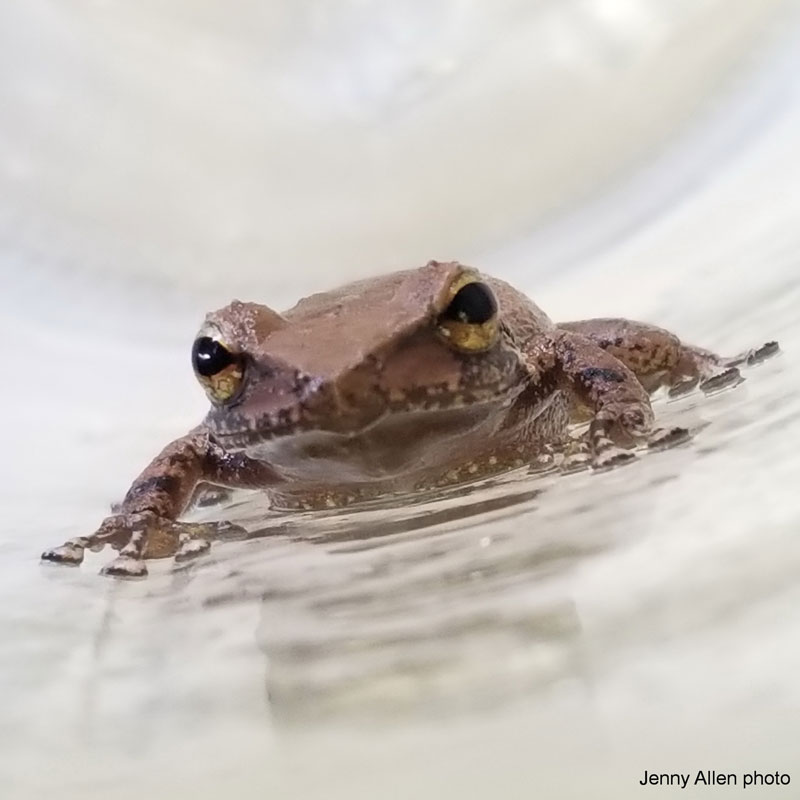
Coqui Frog Response
KISC, in partnership with Hawaii Department of Agriculture (HDOA), responds to new coqui frog introductions and reports to prevent the re-establishment of coqui on Kauaʻi. After an extensive 10 year, multi-agency effort, coqui frogs were successfully eradicated from Kauai in 2012. Unfortunately, coqui frogs continue to hitchhike here from contaminated areas on other islands. The KISC crew immediately responds to coqui frog reports by surveying the area for calling coqui frogs at night. After identifying and locating the coqui, it is usually hand captured and turned into HDOA.
The community has been essential in keeping coqui from re-establishing on Kauaʻi by quickly reporting calling frogs to KISC and HDOA. We would not be successful in keeping Kauaʻi coqui free without the help and support of our community.
Mongoose Response
KISC is one of the primary responders for mongoose sightings on Kauaʻi. After a considerable trapping effort across landowners and jurisdictions, KISC captured the first live mongoose in May 2012. Since then the coordinated rapid response efforts of KISC and HDOA led to 3 additional mongoose captures at Kauaʻi ports. These captures confirmed mongoose can evade detection and hitchhike to Kauaʻi from infested areas on other islands.
We would not be successful in preventing the establishment of mongoose on Kauaʻi without the Kauaʻi community, specifically the vigilant employees at the airport and harbor.
All mongoose sightings are interviewed and details are recorded. KISC crews respond to credible sightings that meet the response threshold defined in the Mongoose Response Plan (2016). Response efforts include a combination of tracking tunnels, live-traps, and/or game camera deployment.
Little Fire Ant Response
KISC, in partnership with HDOA, responds to new Little Fire Ant (LFA) introductions and reports on Kauaʻi. LFA have only been confirmed in 5 locations on Kauaʻi; rapid response to new detections is essential to prevent widespread LFA establishment across the island. Suspect LFA samples are submitted to KISC and HDOA for identification. If LFA are confirmed, KISC and HDOA will complete initial surveys of the area to determine the size of the infestation. LFA treatment control plans are developed for each site in partnership with HDOA and Hawaii Ant Lab.
High-impact Pest Response
KISC assists federal, state, and county agencies in the rapid response to new introductions of other high-impact pest species that are not known to be present on Kauaʻi. These species can include: coconut rhinoceros beetle, naio thrips, Jackson’s chameleons, brown tree snake, and other high-impact pest species.
